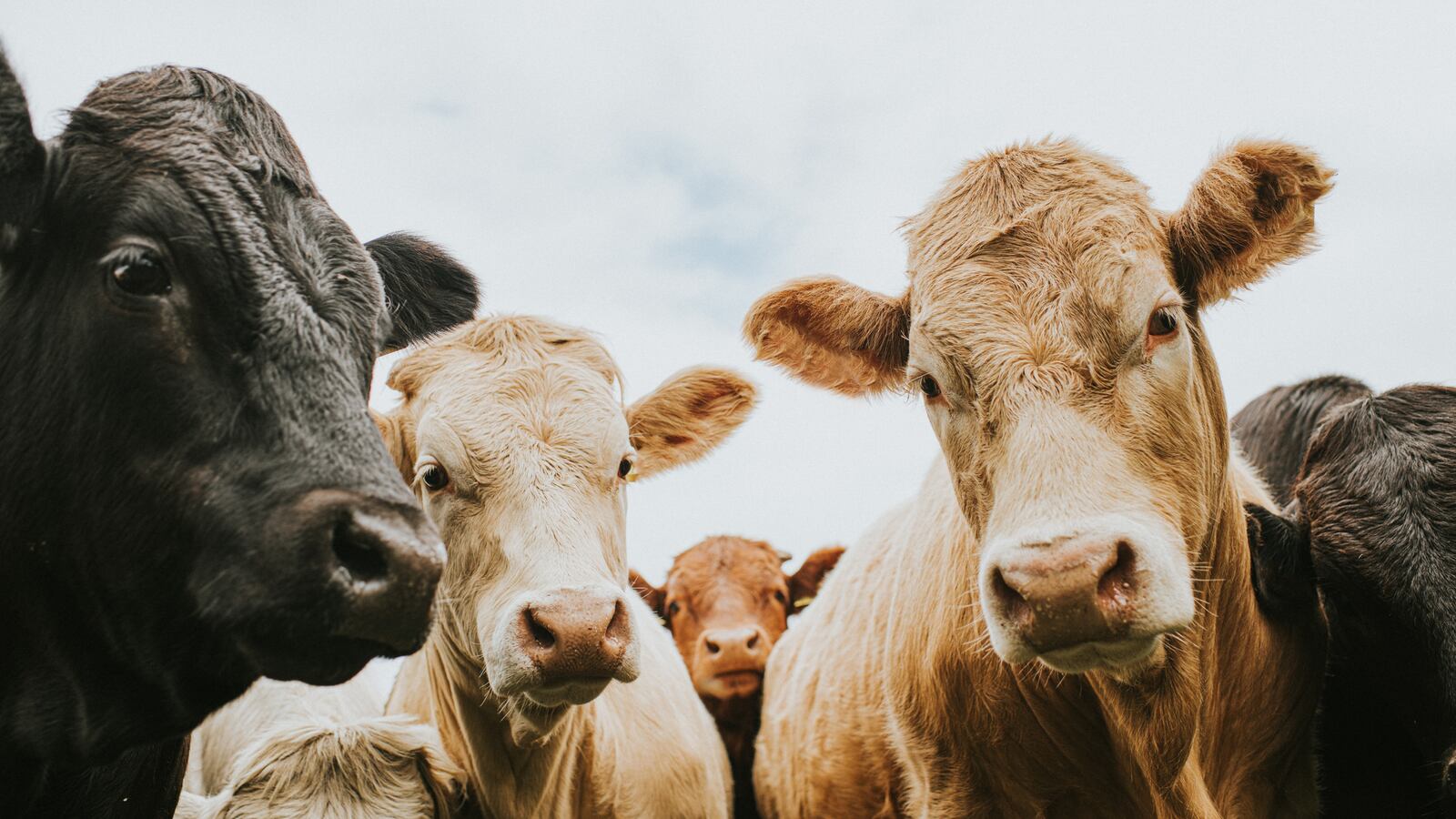A team of engineers in France smashed the record for furthest distance traveled in a hydrogen-powered car last Wednesday. The vehicle traveled more than 2,000 kilometers (or about 1,242 miles) over the course of three days on a single full tank of gas made from biomethanol, a biomass that comes from manure.
Yes, as in poop.
The biofuel, dubbed G-H3, was developed by ARM Engineering, a French transportation research and development firm. It’s created through a process called biomass methanation, which takes non-food biomass such as plant residue and manure and turns it into fuel to create electricity for a car’s battery. It’s similar to biofuels in the U.S. such as E85, which is made up of 85 percent corn-based ethanol and 15 percent gasoline. However, G-H3 is notable because it contains no fossil fuels at all, and can be used to create hydrogen that then powers the car. Currently, there is just one hydrogen car that’s commercially available: the Toyota Mirai, which uses hydrogen gas as fuel.
To prove the efficacy of G-H3, ARM Engineering set out to break the record in a modified Renault Zoe electric car. For three days, five drivers took turns driving the prototype vehicle around a driving track. By the end, the team broke the distance record for a hydrogen car previously held by a Toyota Mirai that drove 1,360 kilometers (about 845 miles) in the U.S.
Hydrogen fuel technology holds a lot of promise when it comes to the future of energy. It is, after all, the most abundant element in the known universe. Converting hydrogen into electricity also has the added benefit of not producing any carbon during the process, which can help alleviate some of the worst impacts of anthropogenic climate change.
Overall, the record-breaking drive is an impressive feat that underscores the possibilities of hydrogen-powered cars. Not only could it be a good alternative to fossil-fuel burning or even electric-powered vehicles, it can get you from point A to point B in a clean, eco-friendly manner. And it can do so through one creative use of animal poop.






